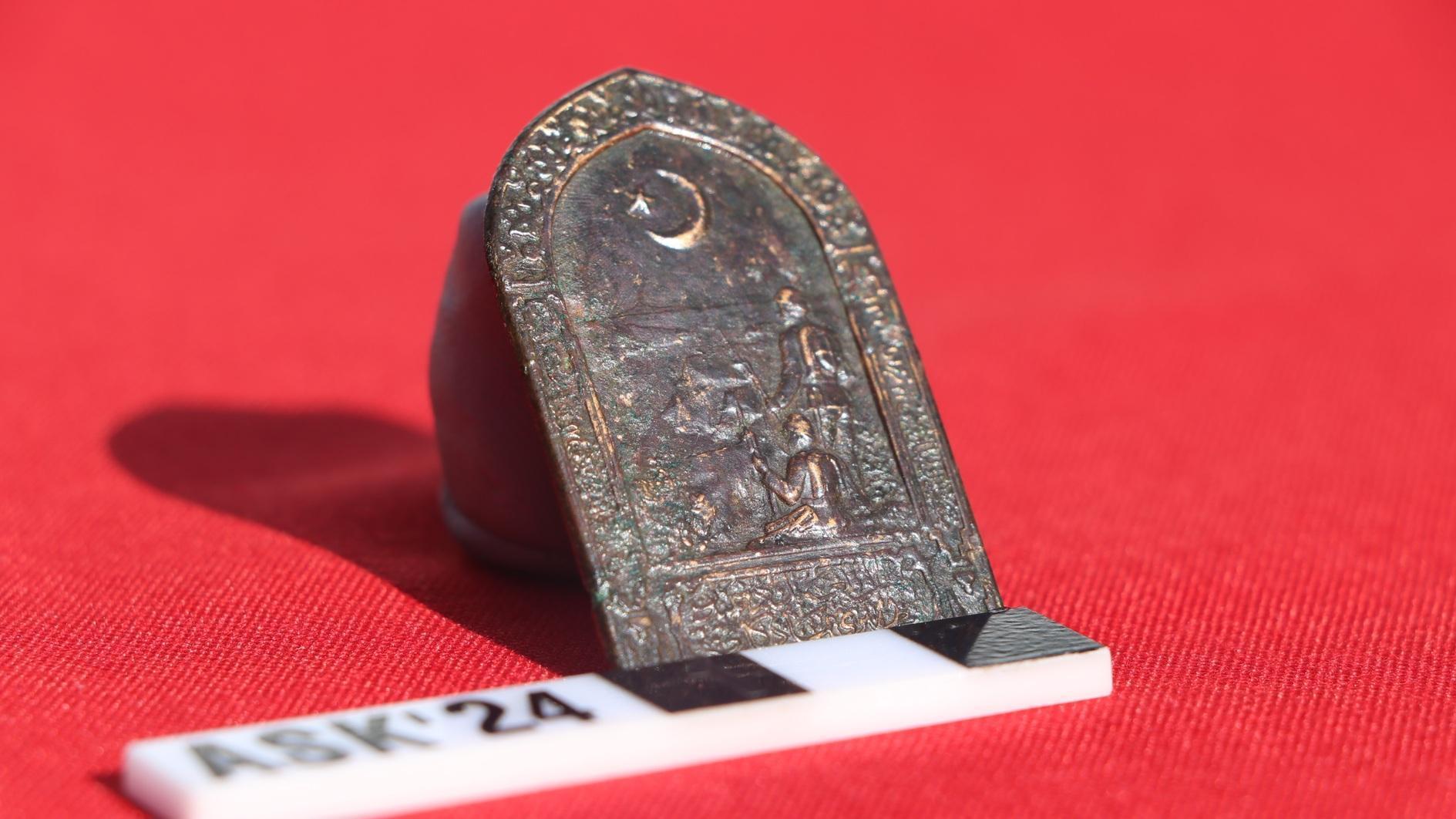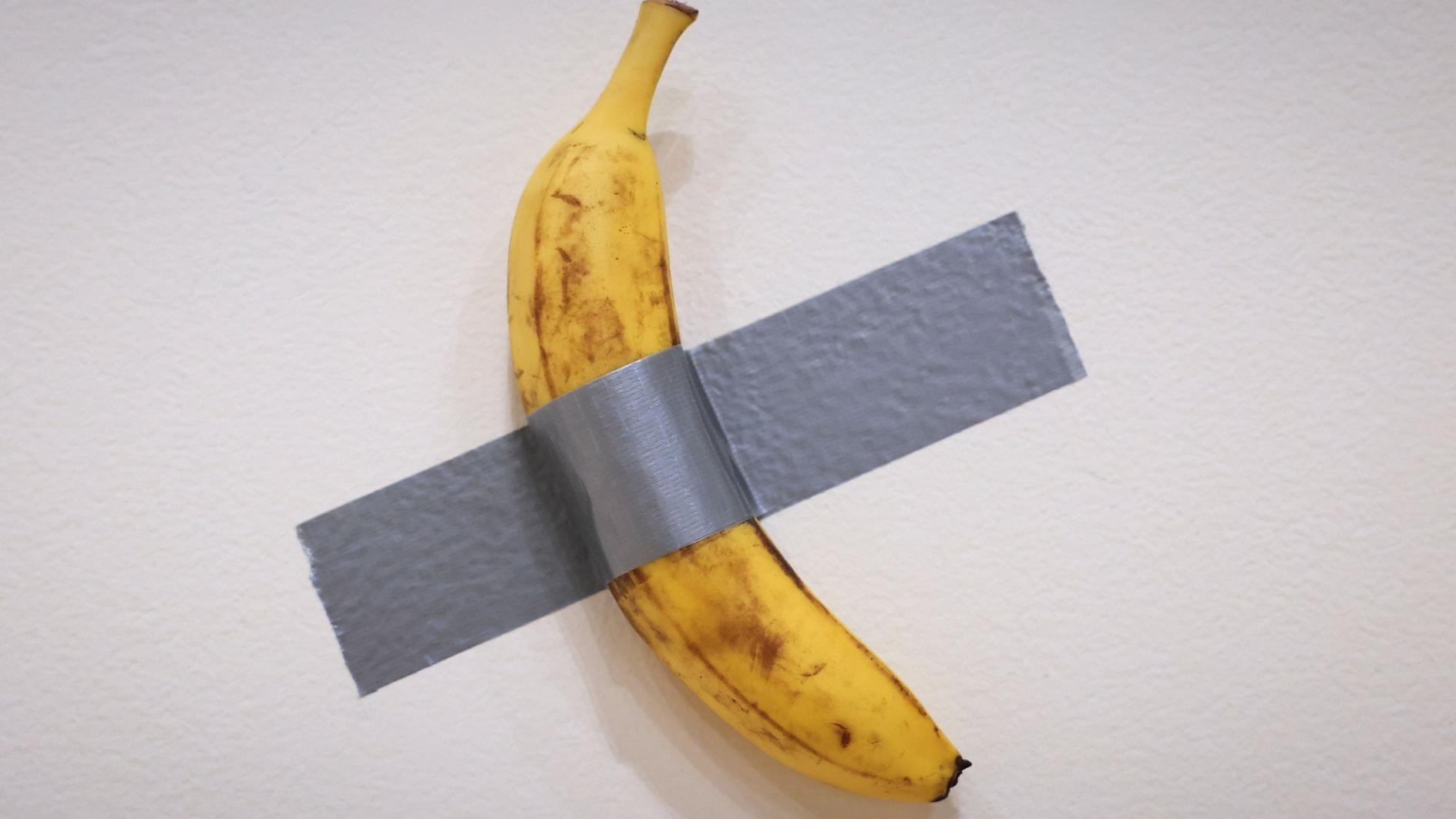NASA’s new Mars rover faces risk of blind landing
FLORİDA - Reuters

The new Mars spacecraft is heading for a risky do-or-die touchdown to assess conditions for life on the planet. NASA might not learn whether it arrives safely. AP photo
NASA’s new Mars rover is heading for a risky do-or-die touchdown next month to assess conditions for life on the planet, but the U.S. space agency may not know for hours whether it arrived safely, managers said on Monday.That’s because the satellite that NASA was counting on for real-time coverage of the Mars Science Laboratory’s descent into Gale Crater, located near the planet’s equator, was sidelined last month by a maneuvering system glitch.
Managers were able to recover the satellite, but it is now in a different orbit than intended, which may make it unable to view and record the rover’s seven-minute descent and landing.
Two spacecraft orbiting Mars
Two other spacecraft orbiting Mars will be monitoring the probe’s arrival, but one records data for later playback and the other won’t be aligned to see the last minute of flight, NASA’s Mars exploration program chief Doug McCuistion told reporters.
“We’re assessing what the issues are,” McCuistion said. “There’s no impact to landing itself. It’s simply how that data gets returned to us and how timely that data is.”
Mars Science Lab, nicknamed Curiosity, is scheduled to land at 1:31 a.m. EDT (0531 GMT) on August 6 inside an 96-mile (155-km) wide impact basin that may be one of the final resting places for Mars’ lost surface water.
The planet, which is about 1.5 times as far away from the sun as Earth, is a cold, dry and acidic desert today. But that was not always the case.
Previous orbiters, landers and rovers have turned up solid evidence of water, including geologic features such as channels, as well as chemical fingerprints of clays and minerals that on Earth form when rock interacts with water.
Gale Crater is one of the lowest places on Mars. “It’s like a little bowl, capturing any water that may have been present there,” said project scientist John Grotzinger, with the California Institute of Technology. “Water flows downhill, and if you don’t know anything else in advance, that’s where you want to go to find evidence of water.”
















